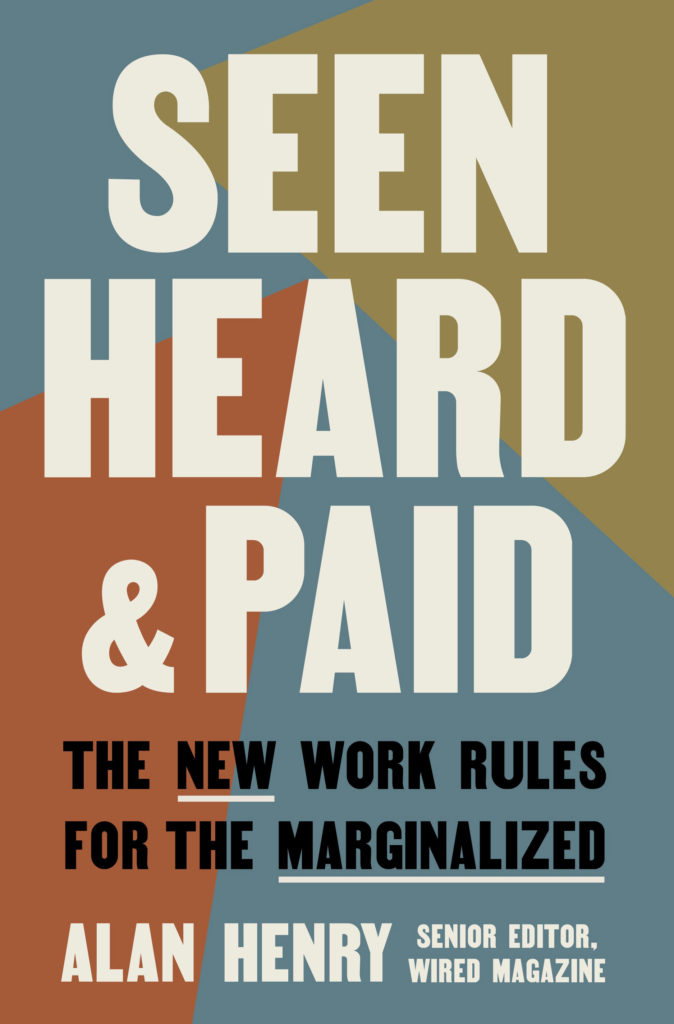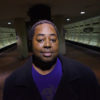The first rule of being seen, heard and paid starts with understanding if you are being marginalized. For the sake of clarity, I’ll dispense with a few formalities right here. First of all, I’m not going to spend time proving to you that people of color, members of the LGBTQ+ community, women, people with disabilities and other minority groups of all stripes, whether they’re ethnic minorities, religious minorities, or just underrepresented in their field or workplace, suffer specific challenges when they go to work every day. Or that the challenges compound if their identities intersect with any of those labels, especially in a way they can’t or won’t consciously hide or minimize when they go to work. Those people bring with them a level of social baggage that they can’t leave behind or just sideline and hope they have a nice day at the office. Our majority counterparts—and yes, that means white, male, cisgender and heterosexual in most workplaces—don’t have to bring those same concerns to work. One person’s well-meaning curiosity can be another’s oppressive straw on our backs while we’re all trying to do our best at the office. If you have issues with that basic thesis, then there’s a whole world of data to back up what I’m saying. Google it and don’t engage in bad faith, and you’ll learn a lot. This isn’t an article about marginalization, or proving that it exists—it’s one about how to succeed at work regardless of your identity, especially if your identity is one that’s in the minority.
Marginalized Doesn’t Mean What You Think It Does
Strictly, to be marginalized means you’re a member of a social group that has been traditionally kept out of, or away from, power, decision-making, or import and that you are consequently treated as insignificant or somehow less than those who make up the majority of the empowered people. In an office setting, being marginalized can mean being kept from power and decision-making, but it can also mean simply being excluded from the greater culture that permeates the space.

To illustrate the point a bit further, I spoke with Ruchika Tulshyan, CEO and founder of Candour, a diversity and inclusion strategy firm that works with organizations to root out these kinds of biases. I initially met and spoke with Tulshyan while writing a piece for the New York Times about how to find success if you’ve been discriminated against or marginalized at work—a piece largely based on my own experiences there. I knew I had been marginalized, but aside from knowing how it feels, how do you describe that to someone else? “Long-standing research on tokenism,” she said, citing research that Rosabeth Moss Kanter conducted in the 1970s at Harvard Business School, “has shown that when you’re the only or one of the few of a historically underrepresented group in a work environment, it can have a profound impact on your workplace experience. You can face increased scrutiny and pressure to conform to a stereotype. You may struggle to find role models or even models of success that look like you.”
At the Times, I worked with some of the smartest, most talented people I’d ever met. The environment, however, definitely had its arrangement of social circles, some more difficult to penetrate than others, especially if it was your job to try to work your way into them. My role there was supposed to be a bit of a liaison across multiple areas of the newsroom, kind of preaching the gospel of service journalism (as in journalism intended to inform and provide actionable advice and useful context to the news of the day to readers) to journalists who may not have thought that this was their realm of expertise or their responsibility to consider. I was successful in some spaces, but in others, I clearly wasn’t welcome.
I don’t attribute the tepid reception I received to my ethnicity or the combination of my ethnicity and gender, but privilege has many levels, like Dante’s Inferno. Where you did or didn’t go to school, how much money you have or the path you took to that particular job can be just as important or damning as the color of your skin. Was it any less painful to feel sidelined because of my background and not just because I was one of the few Black men in the newsroom? No, it wasn’t. And there were plenty of moments I also felt marginalized for that, too.
“It’s enraging that the burden of proof of racism is put on the marginalized, not the perpetrator,” Tulshyan told me. “As a society, we need more empathy that being the only one, or one of the few, puts immense pressure on people in majority-white organizations.”
The wider implications of marginalization explain why it so often takes many forms. Sometimes it’s simply about being the only person or one of a few people like you in a space, regardless of your background. Yes, sometimes being marginalized takes a clear form, such as being discriminated against openly because you’re a woman in a predominantly male workplace, or being passed over because some manager thinks you may start a family soon and therefore shouldn’t be given more responsibilities if you’re just going to leave the company. It can also come in the shape of a pay gap between women and men in similar jobs, or between white employees and employees of color. It can look like a white employee’s getting promoted simply because a minority employee with a more senior role joined the team. Tulshyan elaborated: “Shonda Rhimes calls it FOD. Being the first, only or different. She writes in her book, Year of Yes, about how being a FOD can make it feel like you have to represent your whole group in every interaction—your success is not yours alone, as in you’re fighting a stereotype, and that pressure of if you fail and let down your whole community is real.”
Excerpted from SEEN, HEARD, AND PAID copyright © 2022 by Alan Henry. Used by permission of Rodale Books, an imprint of the Crown Publishing Group, a division of Penguin Random House LLC, New York. All rights reserved. No part of this excerpt may be reproduced or reprinted without permission in writing from the publisher.




